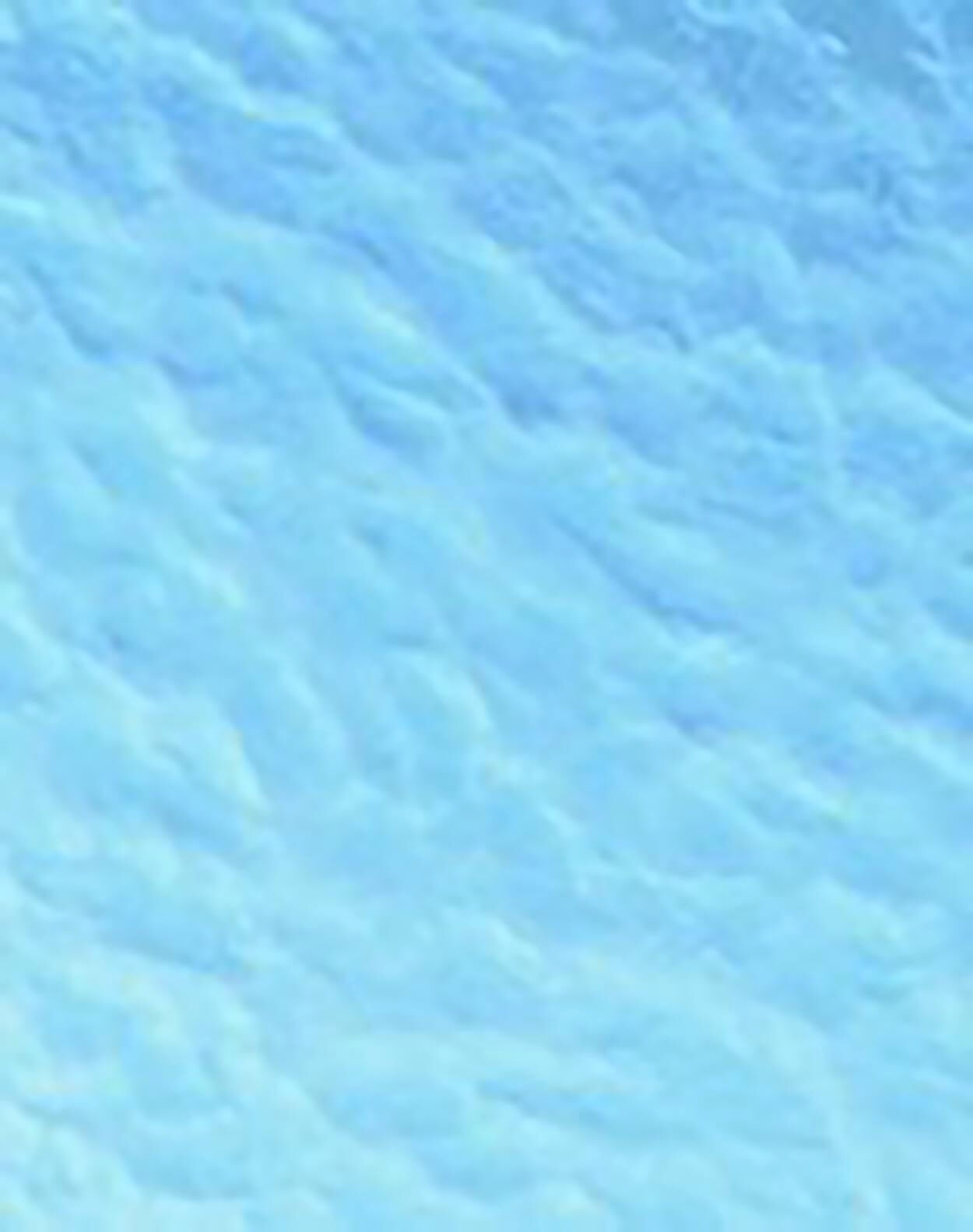
BCC
Basal Cell Carcinoma (BCC)
Basal cell carcinoma (BCC) is a slow-growing, non-melanoma skin cancer that usually develops in areas that are chronically exposed to the sun. BCC accounts for more than 75 percent of all skin cancers, making it the most common type of skin cancer in the world. BCCs rarely spread to other parts of the body and are almost always curable with appropriate treatment. However, they can be challenging to identify in the early stages and can damage the surrounding tissues if left untreated. Early diagnosis by a dermatologist is essential.
What causes BCC?
Multiple factors contribute to the development of BCC, but the most significant is sun exposure. Exposure to artificial sources of ultraviolet radiation, such as tanning beds, also increases your vulnerability to developing BCC. Those with fair skin, blue eyes and blond or red hair are at greater risk, as are those with a family history of BCC and those with a previous history of skin cancer.
What does BCC look like?
BCCs can present as a red scaly patch (similar to eczema), a smooth-surfaced nodule, a non-healing ulcer or a long-standing scar. It tends to develop slowly over months.
What are the different types of BCC and how are they treated?
There are several types of BCC and the treatment options differ:
- Superficial: Superficial BCCs affect only the outermost layers of the skin. They can be treated with topical creams, photodynamic therapy, curettage and cautery, and surgical excisions.
- Nodular: Nodular BCCs involve the deeper layers of the skin. They tend to be treated with surgical excisions.
- Infiltrating: Infiltrating BCCs, including morphoeic BCC and micronodular BCC, are the most difficult to detect and treat. They often require mapping biopsies to delineate the extent of involvement. MOHS surgery is generally recommended for this type of skin cancer to ensure clearance. In certain cases, postoperative radiotherapy is also recommended.
How is BCC diagnosed?
A dermatologist is able to identify BCC based on its clinical appearance. The diagnosis is typically confirmed with a skin biopsy before treatment begins. A skin biopsy helps to exclude other similar looking conditions, avoid unnecessary surgery, identify the subtype of BCC and determine an appropriate treatment method.
How can BCC be prevented?
Limiting sun exposure is the most important action you can take to lower your risk of developing BCCs. Try to stay indoors or under shade in the middle of the day when UV rays are strongest. If you plan to go outside, wear covering clothing and apply a broad-spectrum sunscreen with a high SPF value. Children and young adults, fair-skinned people, and individuals with a personal or family history of BCC should be especially cautious.
Recent studies suggest that taking a daily dose of oral nicotinamide (vitamin B3) may also help high-risk individuals lower their likelihood of developing BCCs.
What is the outlook for BCC?
Almost all BCCs are curable, particularly if treatment is undertaken while the lesion is small. Continue undergoing regular skin checks after you have had a BCC removed. There is a 50 percent chance of developing another BCC if you have had one, and if you have had four or more, the chance of developing another is greater than 90 percent. Conduct self-skin checks every three months and visit a dermatologist at least once a year for a professional assessment. Call Northside Dermatology on 03 8582 8688 to book an examination.
Send us a message
Contact Us
Hours of Operation
Monday - Friday, 9am-5pm
Phone Number
Fax Number
Emails
Medical Enquiries:
reception@northsidedermatology.com.auLaser & Cosmetic Enquiries:
cosmetic@northsidedermatology.com.au